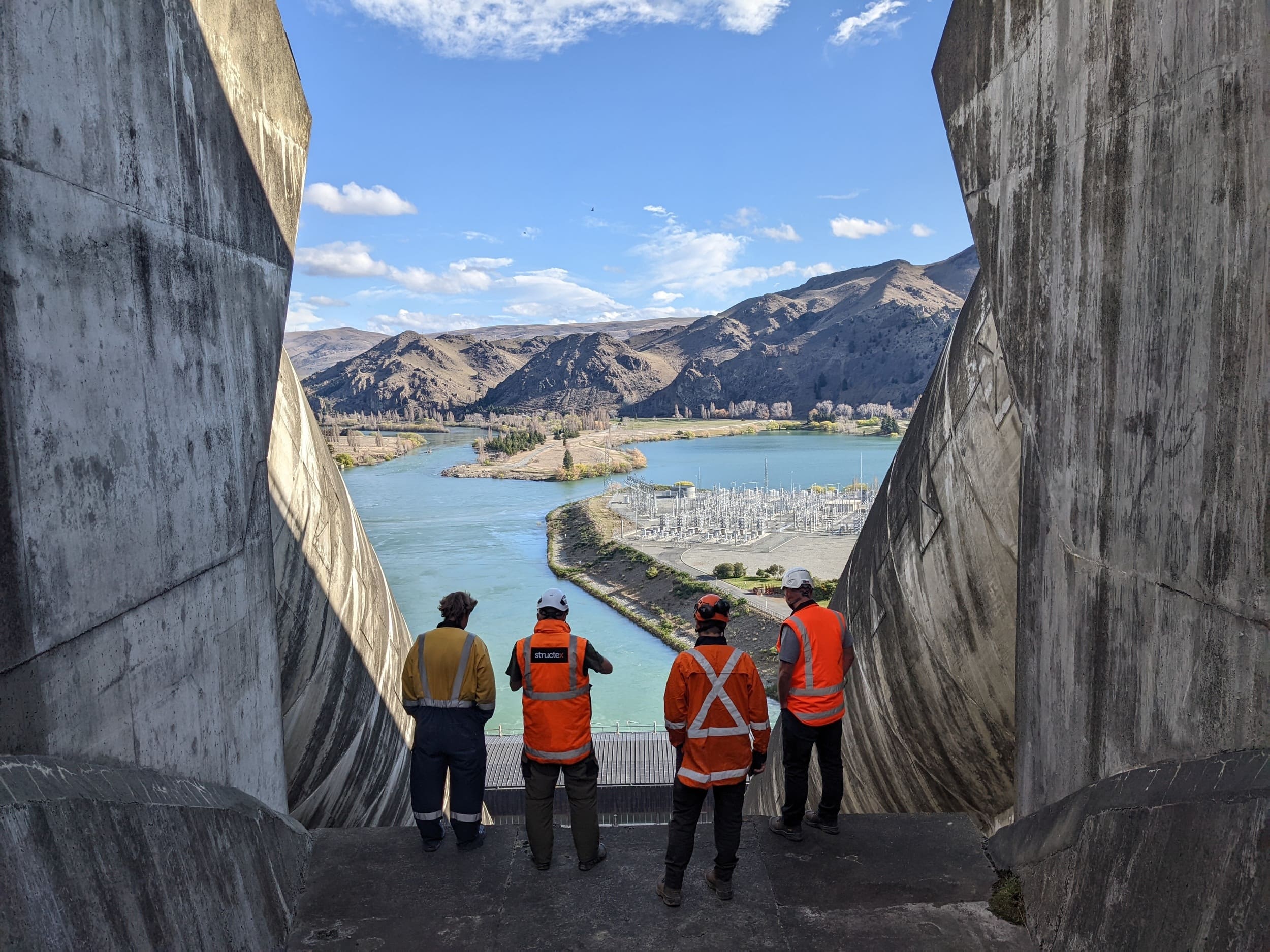Cathedral Square Dewatering
.jpg)
A project for Seipp to showcase its technical dewatering knowledge and expertise, and its ability to respond rapidly to an expanding scope of works.
In 2020 Naylor Love came to Seipp Construction asking for our input into the design of the dewatering system that was needed to construct the foundation underneath the Christ Church Cathedral rebuild.

Advantages of experience and expertise
Due to the shallow, fast-flowing groundwater, and the deep excavations required to install the footings underneath the cathedral, Naylor Love engaged Seipp to carry out a dewatering trial and design which would help formulate a robust construction methodology and also help secure a resource consent.
Seipp’s vast experience in dewatering the tricky Christchurch groundwater meant that we were the preferred contractor for the job. Not only do we possess the in-house technical expertise, we were also able to provide all of the plant and equipment required for the job. This included vibro hammers, well pipes, pumps, hoses and dewatering bins.

Working around challenges
The initial works required Seipp to drive 6 no. 6m deep piezometers to monitor the groundwater level before, during and after the dewatering trial. The first technical obstacle to overcome was how to remove the steel casing while leaving each piezometer in place. Seipp developed a sacrificial well piling cone which remained in the ground. This allowed us to remove the expensive steel casing, allowing us to reuse it for all the piezometers.
Seipp also collaborated with Naylor Love on developing a detailed dewatering design and methodology. As well as guiding construction, this had the added function of providing detail to the Environment Canterbury resource consent application, which had broadened the scope of works considerably a short time before construction was due to begin.
By installing 6 no. dewatering wells around the site, we were able to run 4-inch submersible pumps and monitor water levels. By staggering the turning on of the wells we were able to gather vital drawdown information which would lead to a robust resource consent application.
One great advantage to Naylor Love was that, using our own personnel and supply chain, we were able to provide certainty through self-performing our scope of works.









%20(1).jpg)


.jpg)

.jpg)
.jpg)
.jpg)






.jpg)
.jpg)
.jpg)
.png)
.jpg)

.jpg)

.jpg)

.jpg)
.jpg)
%20(1).jpg)


.jpg)
.jpg)

.jpg)
.jpg)
.jpg)
.jpg)


.jpg)